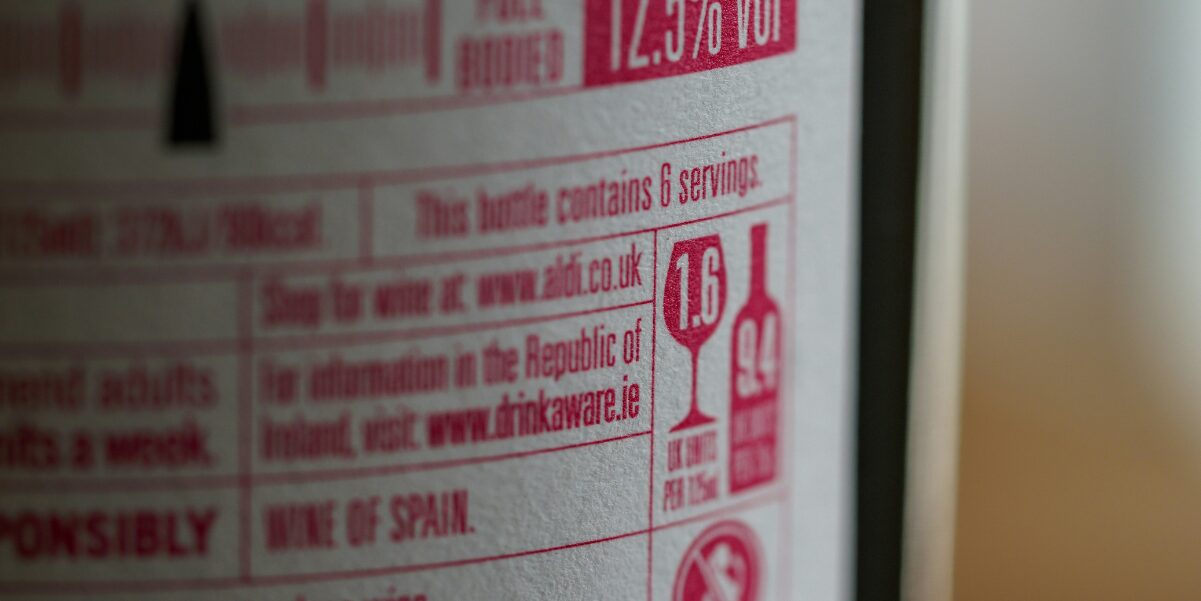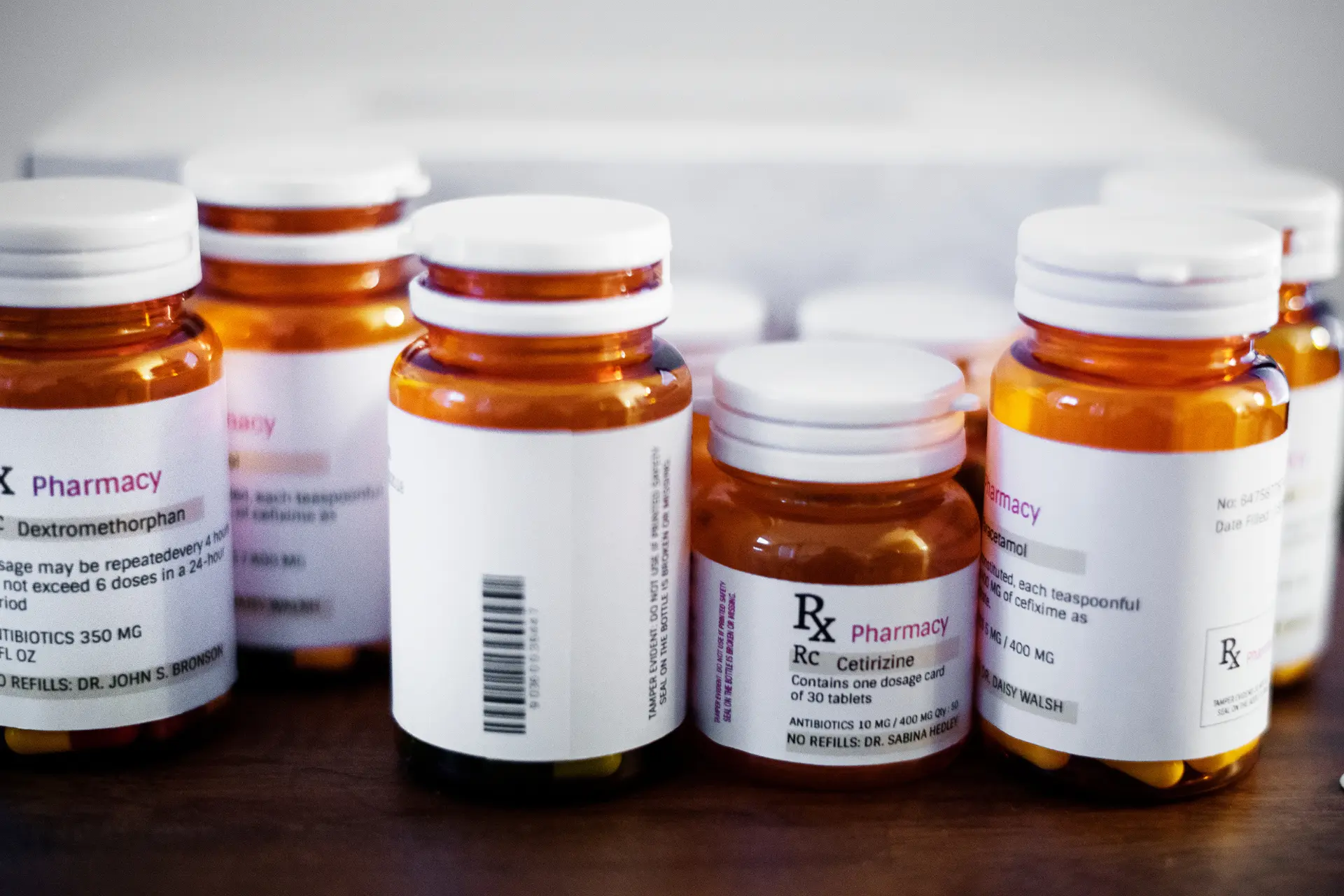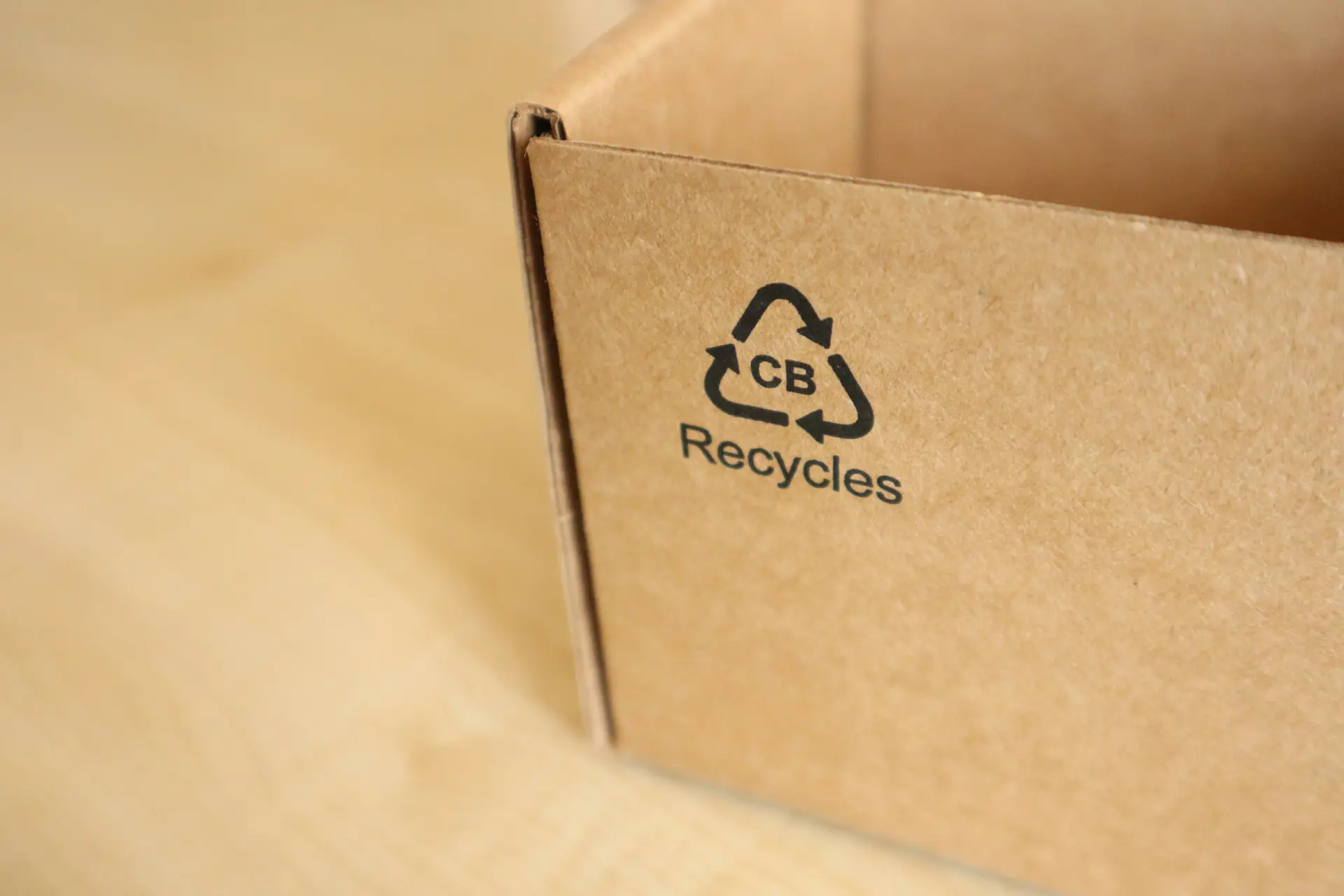Introduction to UK Food Labelling Regulations
Understanding food labelling regulations in the UK is vital for any food business. Whether you are producing, packaging, or selling food, adhering to labelling laws is not just a legal requirement—it’s essential for protecting consumers and building brand trust. The rules surrounding food labelling cover everything from ingredient declarations and nutritional information to allergen warnings and country of origin disclosures. These regulations aim to promote food safety, support informed consumer choices, and ensure that products are marketed in a fair and transparent way.
At 4Pack, we know how daunting this can be. That’s why we created this guide—to help you understand the ins and outs of UK food labelling legislation. We’ll explore why labelling is so important, the exact information you’re required to provide, and how to ensure you stay on the right side of the law.
Why Food Labelling Regulations Are Crucial in the UK Market
Food labelling plays a central role in consumer safety and public health. In the UK, labels are not just product descriptions—they are tools that help people make better dietary decisions, avoid health risks, and hold brands accountable. For consumers with allergies or specific dietary requirements, accurate labelling can mean the difference between a safe purchase and a medical emergency.
From the perspective of public health, labelling supports national initiatives that aim to reduce obesity, lower salt intake, and encourage healthier eating habits. Clear front-of-pack information allows consumers to quickly assess the healthiness of a product, promoting better choices across the population.
For businesses, the risks of non-compliance are substantial. Inaccurate or misleading labels can lead to consumer complaints, legal action, product recalls, and even reputational damage. Conversely, transparent and compliant labelling enhances consumer confidence, reinforces brand credibility, and gives products a competitive edge in the marketplace.
The Legal Framework for Food Labelling Regulations in the UK
Following the UK’s exit from the European Union, food labelling laws in the UK now reflect a combination of retained EU regulations and domestic updates. Several regulatory bodies oversee different aspects of food labelling. The Food Standards Agency (FSA) is the main authority responsible for ensuring food safety and labelling compliance across the UK. DEFRA sets policy on food labelling in England, while equivalent bodies exist in Scotland, Wales, and Northern Ireland.
One of the cornerstone pieces of legislation is the Food Information Regulations 2014, which integrates key elements of EU Regulation 1169/2011. This regulation outlines what information must be provided on food packaging and how it should be presented to consumers. Alongside these regulations are supplementary rules governing nutrition and health claims, allergen declarations, and specific requirements for alcoholic beverages and supplements.
A significant post-Brexit development has been the implementation of Natasha’s Law, which came into effect in October 2021. This law mandates full ingredient labelling, including allergen information, for all prepacked food for direct sale (PPDS). Named after Natasha Ednan-Laperouse, who tragically died from an allergic reaction to an unlabelled ingredient, the law represents a turning point in allergen labelling regulation.
Mandatory Requirements for Prepacked Food Labels
Labelling requirements for prepacked foods are comprehensive. Each label must include the product’s name, a detailed ingredients list, allergen declarations, quantitative ingredient declarations (QUID), net weight or volume, storage instructions, expiry information, nutritional content, and the name and address of the food business operator (FBO).
The product name must be clear and descriptive enough for consumers to understand what they are buying. Ingredients must be listed in descending order of weight at the time of manufacture. Composite ingredients (such as sauces or toppings) must also disclose their components unless exempted.
Allergen Labelling
A key requirement is allergen labelling. Fourteen allergens are identified by UK law as common triggers and must be clearly highlighted in the ingredients list. This is often done using bold text. If there is any risk of cross-contamination—for instance, during production—this should also be noted.
When a product name or image highlights a particular ingredient—say, strawberries in a yoghurt—the proportion of that ingredient must be specified. This is referred to as a QUID statement. It ensures that marketing is accurate and not misleading.
Net quantity must be displayed in metric units. Solid products are measured in grams or kilograms, while liquids are measured in millilitres or litres. This allows consumers to compare similar products easily.
Date marking is another essential feature. “Use by” dates are required for perishable foods and indicate when a product becomes unsafe to consume. “Best before” dates are used for items with a longer shelf life and reflect quality rather than safety.
Storage & Preparation
Instructions for storage and preparation help ensure that consumers use the product safely and correctly. The label must also identify the FBO responsible for the product. If the product is imported, the UK-based importer’s name and address must be included.
Country of origin labelling is mandatory for certain foods like fresh meat, fish, and honey. For other products, origin must be disclosed if not doing so would mislead the consumer. Since Brexit, food labels for goods sold in Northern Ireland may need to comply with EU requirements under the Northern Ireland Protocol.
Nutrition labelling must follow a set format. It must include energy values in both kilojoules and kilocalories, and amounts of fat, saturates, carbohydrates, sugars, protein, and salt. These values must be given per 100g or 100ml and can also be shown per portion.
For alcoholic drinks above 1.2% ABV, the alcohol content must be displayed as a percentage by volume.
Food Labelling Regulations for Non-Prepacked Foods
Non-prepacked foods include items sold loose or packaged at the point of sale, such as bakery goods or deli items. These products are subject to simpler labelling rules, but allergen information must still be made available. While this can be provided verbally, written formats—like labels, signs, or information booklets—are encouraged to minimise confusion and ensure consistency.
Natasha’s Law has introduced stricter requirements for prepacked foods made and sold on the same premises, commonly referred to as PPDS foods. These must now include a full ingredients list with allergens clearly emphasised. This change has had a major impact on small businesses and cafes, requiring them to adapt their processes to ensure compliance and protect customers.
Front-of-Pack (FOP) Labelling and the Traffic Light System
To support healthy choices, the UK government promotes a front-of-pack nutrition labelling system that uses colour codes to indicate levels of key nutrients. Known as the traffic light system, it shows whether a product is low (green), medium (amber), or high (red) in fat, saturated fat, sugars, and salt.
Although this system is voluntary, it has been widely adopted by supermarkets and food manufacturers because it helps consumers assess nutritional content at a glance. The format must follow specific government guidelines to ensure clarity and consistency. While not legally required, incorporating this system can improve consumer trust and support public health goals.
Voluntary Labelling Claims and Their Requirements
Food packaging often includes claims that go beyond legal requirements, such as “low sugar,” “high in protein,” or “organic.” These voluntary claims are regulated to prevent misleading or unsubstantiated statements.
Nutrition claims must meet defined criteria. For instance, a “low fat” product must contain no more than 3g of fat per 100g. These claims are subject to approval and must be scientifically accurate.
Health claims—statements that link a food to a specific health benefit—are even more tightly controlled. Only authorised claims listed in the Great Britain Nutrition and Health Claims Register can be used. These must be supported by strong scientific evidence and include qualifying information.
Brands also use terms like “natural” or “handmade” to create appeal, but these descriptors must not mislead consumers. While there are no strict legal definitions for many of these terms, companies are expected to use them truthfully and transparently.
Environmental and ethical claims, such as “carbon neutral,” “recyclable,” or “free-range,” must be supported by clear evidence. Regulatory bodies are paying closer attention to greenwashing, and false sustainability claims can damage a brand’s credibility.
Labelling for Online and Distance Selling
As more consumers turn to online shopping, food businesses must ensure that their product listings meet the same labelling standards as physical packaging. All mandatory information—such as ingredients, allergens, nutritional content, and business contact details—must be available to consumers before they complete a purchase.
Although “use by” dates are not required online, they must still appear on the physical packaging. This ensures that consumers are fully informed and protected, whether shopping in-store or on a digital platform. With the rise of e-commerce, ensuring digital compliance is now an essential part of overall labelling strategy.
Digital Labelling and the Role of Barcodes
Barcodes are a key part of modern food labelling, enabling efficient tracking, inventory management, and recall procedures. The GS1 barcode system is the most widely used standard and ensures compatibility across retailers, distributors, and manufacturers.
Advances in technology have introduced new forms of digital labelling. QR codes and digital product passports can link consumers to additional information, such as sourcing data, preparation videos, and real-time updates. These tools enhance transparency and can play a vital role in sustainability communication and recall management.
Platforms like 4Pack enable businesses to manage digital and physical labelling from a single source of truth. By integrating barcode data, product specifications, and regulatory requirements, companies can maintain compliance and operational efficiency across all channels.
Special Food Labelling Scenarios
Certain types of food products require special labelling considerations. For vegan and vegetarian foods, there are currently no legally binding definitions in UK law. However, companies must ensure that such claims are not misleading. The use of independent certifications—such as those from The Vegan Society—adds an extra layer of consumer trust.
Foods containing genetically modified organisms (GMOs) must be labelled accordingly. The threshold for accidental presence is 0.9%; above this level, labelling is mandatory. Fortified foods and dietary supplements must declare added nutrients and comply with regulations governing health claims and recommended daily allowances.
These specialised products often face additional scrutiny, making accuracy and transparency even more critical.
Common Mistakes and How to Avoid Them
Labelling errors can be costly and damaging. One common mistake is failing to highlight allergens correctly, especially after product reformulation. Another is inconsistent or missing QUID declarations when an ingredient is highlighted in the product name or imagery.
Unapproved nutrition and health claims, as well as vague marketing language, can also cause problems. Misuse of date labels—such as using “best before” instead of “use by” on perishable items—can lead to safety risks or unnecessary food waste.
Manual updates and legacy systems increase the risk of human error. Adopting digital labelling platforms like 4Pack can help avoid these mistakes. With automated checks, version control, and centralised data, compliance becomes more manageable and reliable.
Future Trends and Regulatory Outlook
UK food labelling regulations are continually evolving. Looking ahead, we can expect more rigorous rules around environmental claims, increased emphasis on digital traceability, and possibly new front-of-pack labelling standards.
There may also be developments in allergen labelling, especially for non-prepacked foods. Staying informed through official bulletins and industry forums is essential. Businesses should invest in systems that allow them to respond quickly to regulatory changes and maintain continuous compliance.
How 4Pack Supports Regulatory Compliance
4Pack is a digital platform designed to make food labelling simpler and safer. Our tools help businesses manage product information, automate compliance checks, and streamline the creation and approval of packaging artwork. By maintaining a centralised database of product and labelling information, 4Pack reduces errors, speeds up time to market, and ensures consistency across all formats.
With features like version control, audit trails, and collaborative workflows, our platform supports agile and efficient product development. Whether you’re managing a single product or a global portfolio, 4Pack gives you the confidence to operate within legal requirements while staying ahead of the competition.
Summary
Compliance with food labelling regulations in the UK is not optional—it’s a fundamental part of doing business in the food industry. Accurate, transparent labelling protects consumers, strengthens your brand, and helps you avoid costly mistakes. As the regulatory landscape continues to change, staying informed and adopting smart labelling solutions is more important than ever.
With 4Pack, you can streamline your labelling processes, reduce risk, and deliver the trust and quality your customers expect. Let us help you take the complexity out of compliance and bring confidence to every label.



